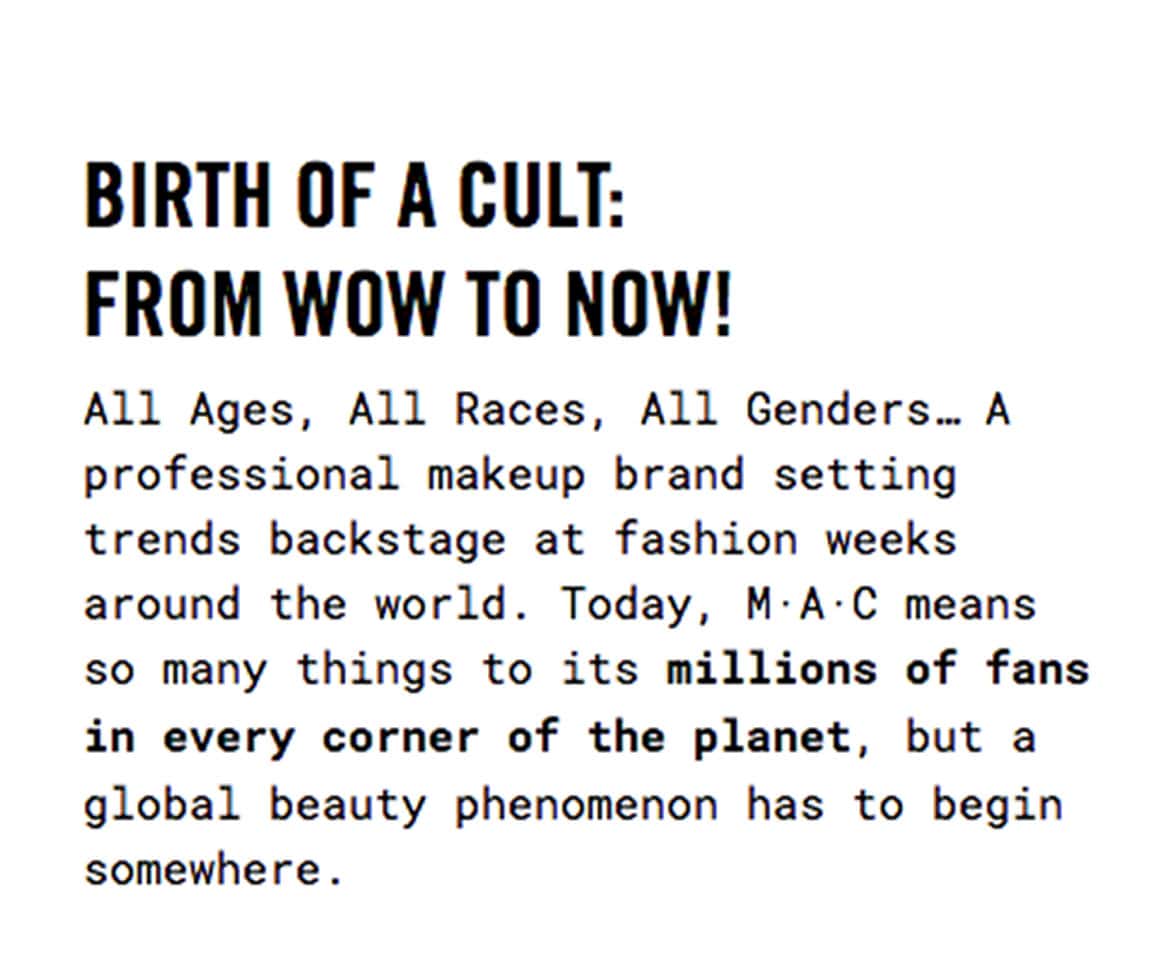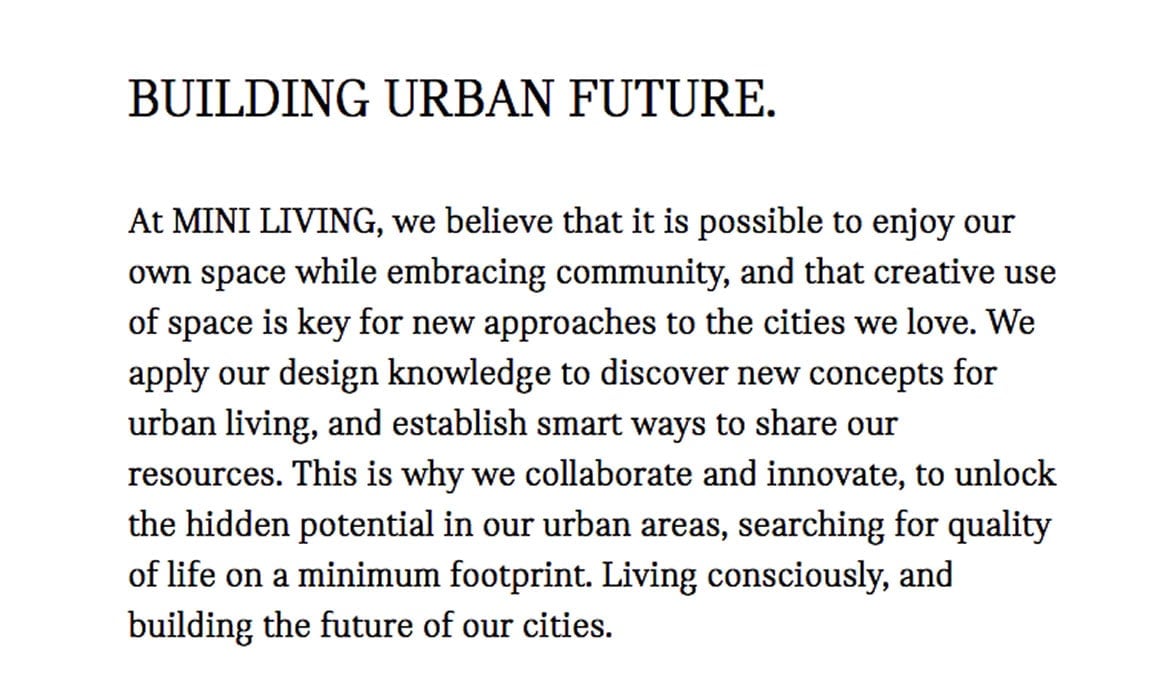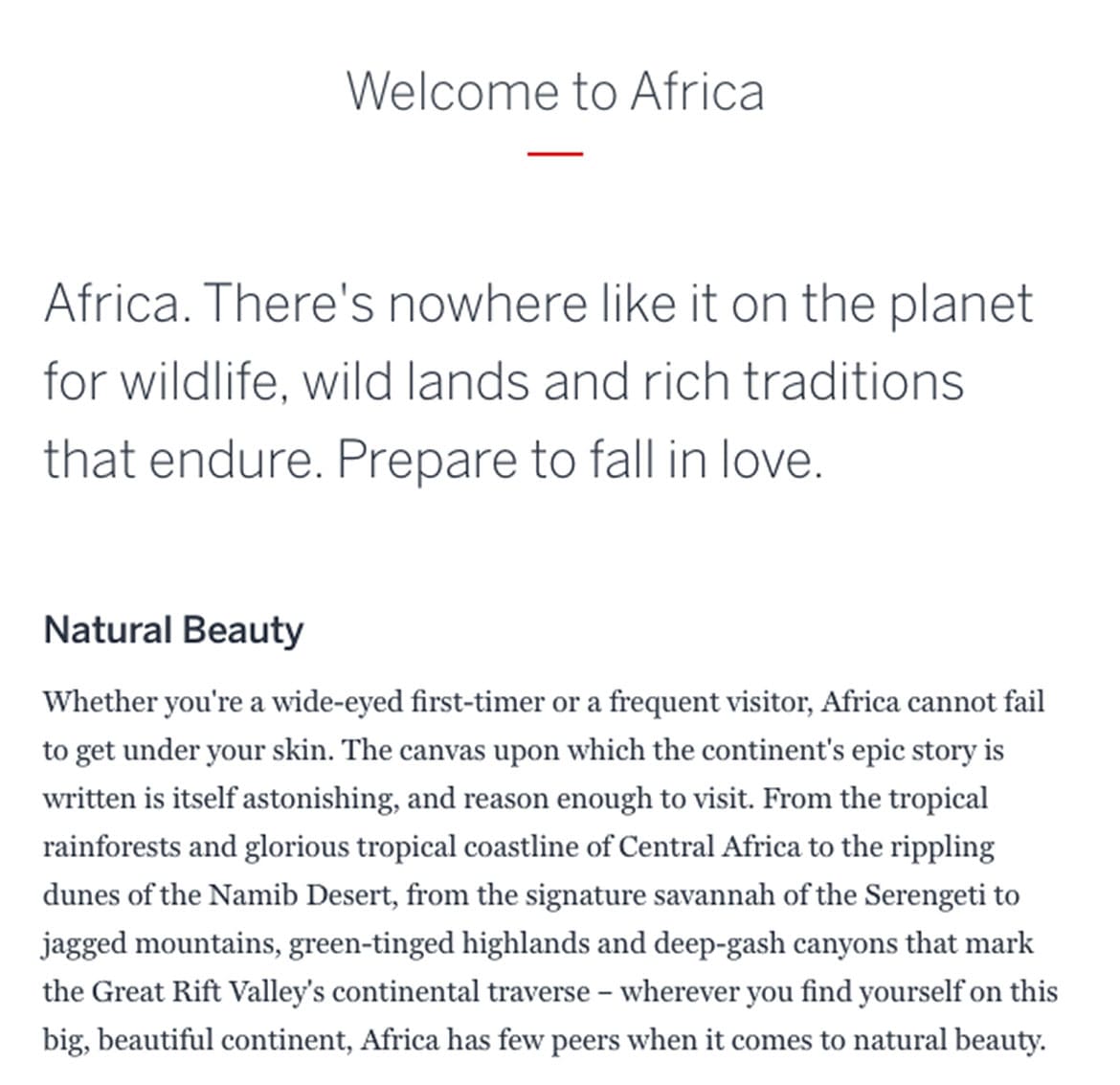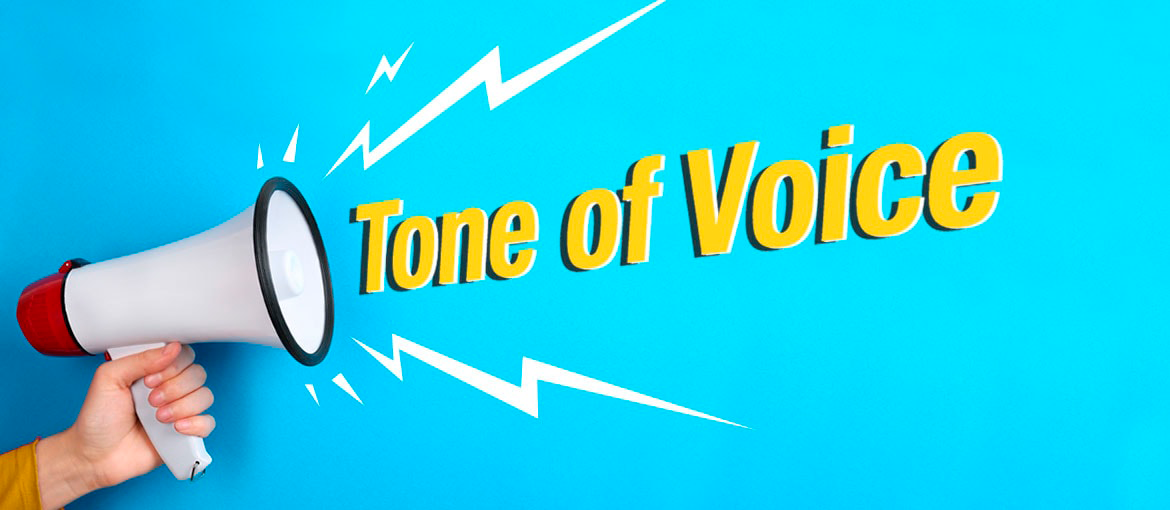Table of Contents
You’ve meticulously crafted your company’s visual identity so that your logo, website and corporate image are perfectly coordinated. Now your brand identity is strong and recognisable, or at least that’s what you think.
But hold on a minute: does your company also have a clear tone of voice?
The personality and recognisability of a brand, company or professional rest on two foundations:
- visual identity
- verbal identity
In this article, we’re going to take a closer look at tone of voice (ToV), explaining what it is, why it’s important and how to find it. We’re also going to show you some examples of tone of voice used by different companies.
Tone of voice: what is it?
Tone of voice is the way that a company communicates its personality through words. In the same way that we choose graphics that best express our personality, we also choose words that best represent us. That’s how we communicate who we are to other people.
With the right tone of voice, we can achieve a great deal for our company:
- We can get closer to people and communicate with our target audience by, for example, speaking their language.
- We can position our company. Because when we change how we express ourselves, we change how the public perceives our products and services.
- We can differentiate ourselves from competitors. Through words we can stand out from the crowd and emphasise our personality.
As you might have guessed, verbal identity is intimately connected with brand personality. Put another way: you can’t talk like Nike unless you embody all the values that Nike does.
Which brings us to the heart of the matter: how does a company find its tone of voice?
Tone of voice. Tips for finding your voice
Finding your verbal identity is not straight forward and not something that anyone can do: it’s a job for a copywriter. So, just as you wouldn’t ask an SEO expert to design your business cards, don’t give this task to a jack-of-all-trades colleague (and don’t do it yourself, either): use an experienced copywriter. He or she will be able to find the tone of voice that represents you by:
- Identifying the company’s personality and values
- Studying the target audience
- Establishing the marketing objectives that you want to achieve
Once these aspects have been defined, the real work can start on the company’s voice and the nuances that set the tone.
And once the right tone of voice has been found, it’s crucial that it is always used everywhere: on the website, on social media, in brochures and in any other content from the company. An “instruction manual”, complete with examples, can be very useful in showing every member of your team how to employ the new tone of voice correctly. If you use a professional copywriter to develop your verbal identity, you’ll see that, as well as your tone of voice, you’ll also receive a handbook for its use. If not, ask for one: it’s an incredibly useful document.
Check out the tone of voice section of the style guide from Mailchimp, which you’ll find on its website. In the document, the company outlines its personality and tone of voice, which it defines as informal, plainspoken and wry. It’s an excellent example for anyone working on defining a verbal identity.
Examples of tone of voice: different companies, different tones
Before wrapping things up, we wanted to share with you three tones of voice from three completely different brands
MAC Cosmetics: the cult of the contemporary
MAC Cosmetics was founded in Toronto by make-up artist and photographer Frank Toskan, who wanted to create cosmetics that also looked great in photos. From the first experiments in Toskan’s kitchen to today, MAC products have come a long way. The brand has made a name for itself as a being bold, cutting-edge and on-trend. It’s a very different positioning to that of big cosmetics brands like Estée Lauder. The tone of voice adopted by MAC Cosmetics reflects its personality: inclusive and, dare we say it, almost prophetical. Read more here.
The “Mini way” of communicating
With its “mini” cars, Mini changed how we get around the city. From 1959 to today, the brand’s strength has always been the compact size of its cars, something that it has emphasised in its most famous advertising campaigns. Mini’s personality is creative, energetic, agile and innovative. Its tone of voice is friendly, simple, fresh and fun.
Lonely Planet: inspiring wanderlust
No doubt its guides have accompanied you on many a trip, so you’ll be familiar with Lonely Planet’s tone of voice. Like many brands in the travel industry, the company uses an evocative and dreamy tone. Written content, like this text dedicated to Africa that you can read below, catapult you to far-flung places, give you a taster of the atmosphere you’ll find there and, of course, make you want to start packing.

Now you have all you need to start developing your company’s tone of voice: make it heard!

